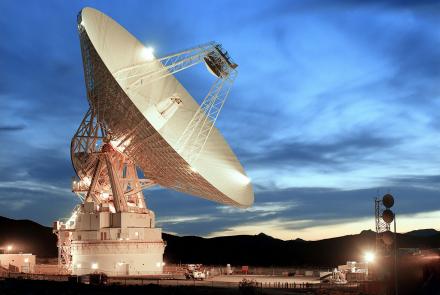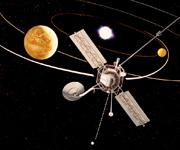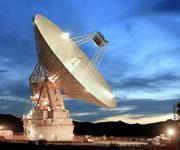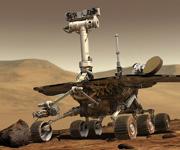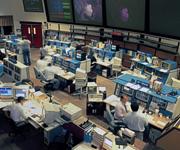Timing is crucial for communicating with a spacecraft traveling across the solar system.
Such a spacecraft navigates using precisely timed radio signals sent back and forth to Earth. Navigators on Earth track its location and speed and transmit course adjustments. These techniques allow navigators to guide a probe to a planetary rendezvous or a pinpoint landing. Navigating a spacecraft to distant locations in the solar system requires a team of scientists and engineers using sophisticated radios, large antennas, computers, and precise timing equipment.
Before and during a mission, the team carefully plots the spacecraft’s course and maps the locations of planets and moons whose gravitational forces will affect its trajectory. Using the large dish antennas of the Deep Space Network, they locate the spacecraft by sending precisely timed signals to it and measuring the time it takes for the signals to be received and retransmitted back to Earth. If the spacecraft is not on course, they send signals instructing it to adjust its trajectory. Using these techniques, the team can bring a spacecraft to a precise landing on Mars or into an orbit around a moon of Saturn after a journey of millions of kilometers.






